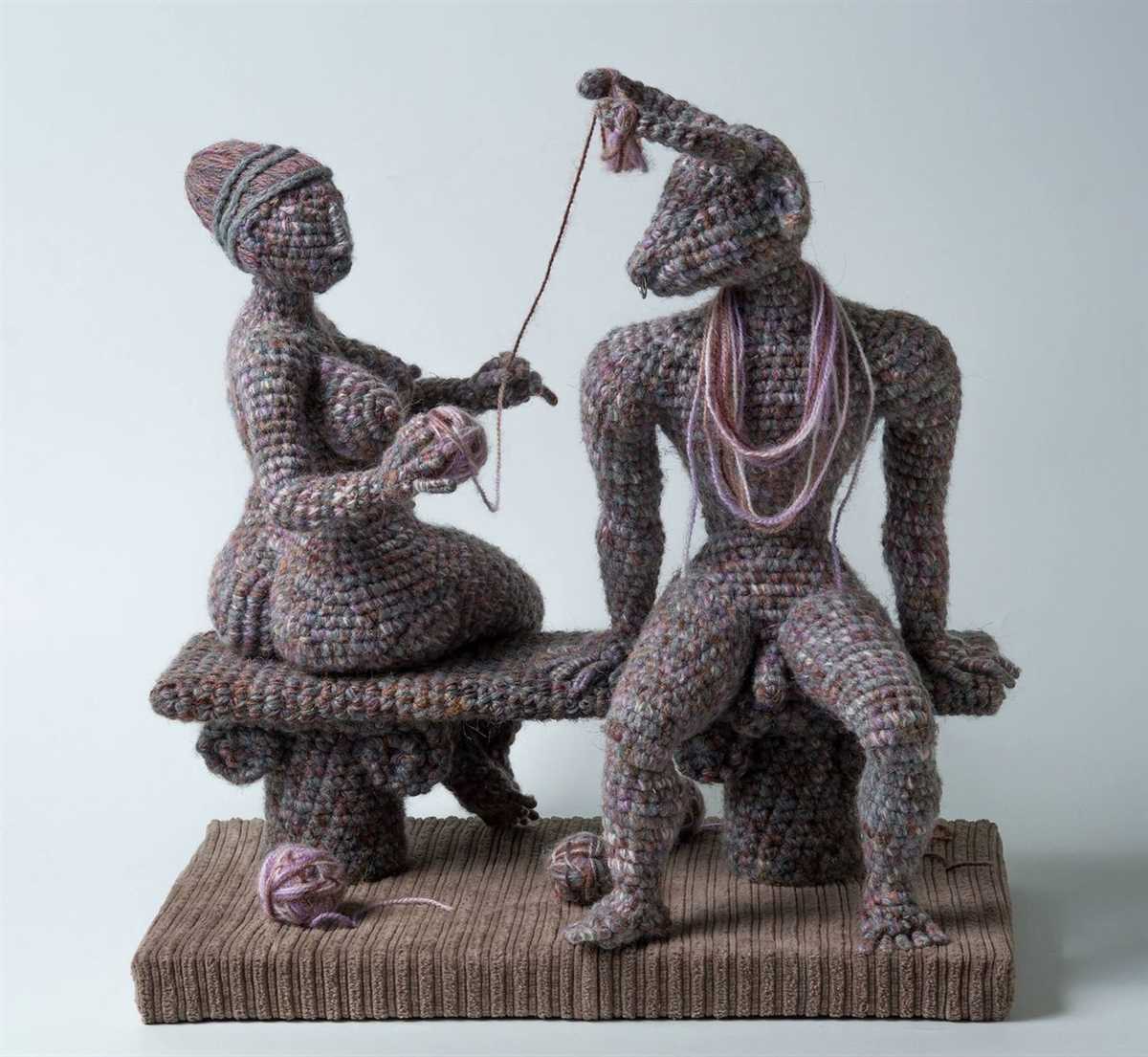
Knitting is a popular craft that involves creating fabric by interlocking loops of yarn with knitting needles. One of the many things you can create with knitting is knitted figures. These adorable little toys are perfect for both children and adults, and they make wonderful gifts.
Knitted figures patterns provide detailed instructions on how to create a variety of characters using different knitting techniques. From animals like cats and dogs to fantasy creatures like unicorns and dragons, there are endless possibilities when it comes to knitting figures. Many patterns also include accessories and clothing for the figures, allowing you to customize them to your liking.
Knitting figures can be a fun and challenging project, suitable for knitters of all skill levels. Whether you are a beginner or an experienced knitter, there is a pattern out there that will suit your abilities. The patterns usually include clear and concise instructions, as well as step-by-step photos or illustrations to guide you through the process.
Knitted figures can be made using a variety of yarns, colors, and needle sizes, allowing you to create unique and personalized toys. They can also be a great way to use up leftover yarn from other projects. Knitted figures make wonderful toys for children, as they are soft and safe to play with. They can also be used as decorative items, such as on a bookshelf or a mantel, adding a touch of whimsy to any space.
What are Knitted Figures?
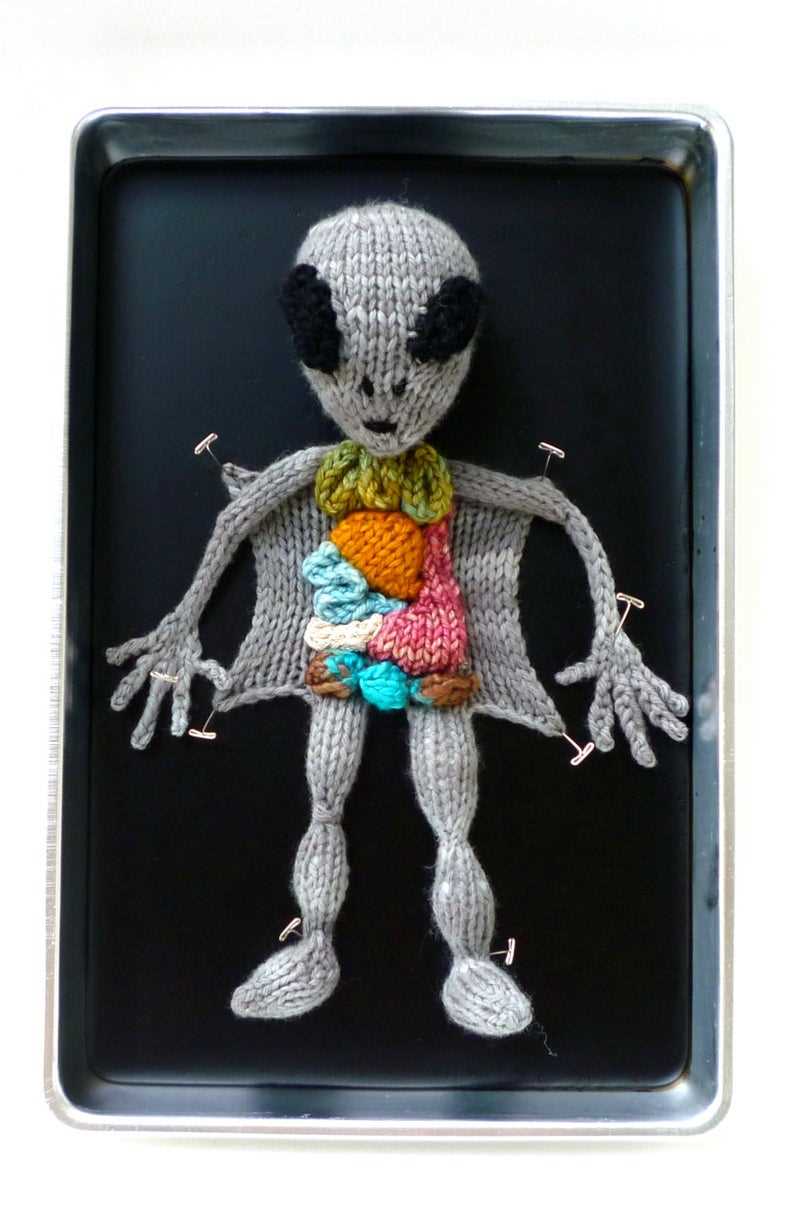
Knitted figures are small, usually decorative objects that are created through the art of knitting. These figures can take on a variety of forms, from animals and characters to objects and symbols. They are typically made using a combination of different stitching techniques and patterns, resulting in a three-dimensional knitted object.
Key features of knitted figures:
- Size: Knitted figures are typically small in size, making them perfect for display or as unique gifts.
- Materials: Knitted figures are made using various types of yarn, ranging from basic acrylic yarn to more luxurious options like wool or alpaca.
- Patterns: Knitted figures require specific knitting patterns that outline the stitches to be used and the overall design of the figure.
- Techniques: Different knitting techniques, such as knitting in the round or using colorwork, are often employed to create intricate and detailed knitted figures.
Knitted figures can be used for various purposes, such as home décor, toys, or even as ornaments for special occasions. They offer a creative outlet for knitters who enjoy experimenting with different patterns and techniques. Additionally, knitted figures can be personalized by selecting specific colors and patterns to match individual preferences or to create a unique representation of a particular character or object.
Why Knit Figures?
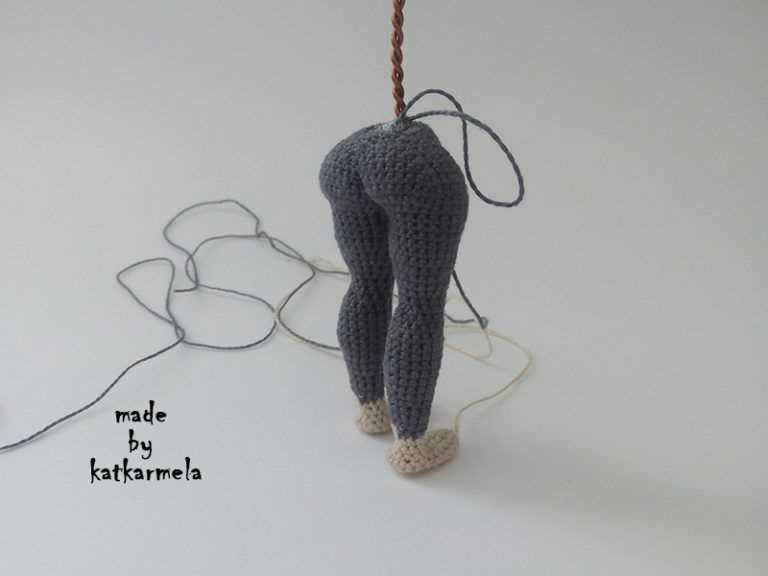
Knitting figures has become a popular trend among craft enthusiasts for several reasons. One of the main attractions of knitting figures is the ability to create unique and personalized gifts. Hand-knit figures often carry a heartfelt touch that cannot be replicated by mass-produced toys. By knitting figures, crafters can tailor their creations to the recipient’s interests and preferences, making the gift even more meaningful.
Knitting figures also offers a way to showcase creativity and skill. With various knitting techniques and patterns available, crafters can experiment and design intricate figures that highlight their talent and imagination. This allows them to develop their knitting skills while creating beautiful and visually appealing pieces.
Additionally, knitting figures can be a therapeutic and relaxing activity. The repetitive nature of knitting, combined with the focus required for intricate stitches, can help reduce stress and promote mindfulness. Many knitters find the process of creating figures to be a form of meditation, allowing them to unwind and find a sense of calm in their craft.
In conclusion, knitting figures offers a unique and personalized way to create meaningful gifts, showcase creativity and skill, and provide a therapeutic experience. Whether you are a seasoned knitter or a beginner looking for a new hobby, knitting figures can be a rewarding and enjoyable endeavor.
Choosing Materials for Knitted Figures
When it comes to creating knitted figures, choosing the right materials is essential for achieving the desired result. The materials you select can greatly impact the appearance and durability of your finished piece. Whether you are making stuffed animals, dolls, or decorative figurines, there are a few key factors to consider when selecting your materials.
Type of Yarn
The type of yarn you choose for your knitted figures can greatly affect the overall look and feel of your project. There are various types of yarn available, including wool, acrylic, cotton, and blends. Wool yarn tends to be warm and soft, making it a popular choice for cuddly toys. Acrylic yarn is often more affordable and comes in a wide range of colors, making it suitable for a variety of projects. Cotton yarn is known for its durability and breathability, making it an excellent choice for decorative figurines that may be displayed in warmer environments.
It is also important to consider the weight or thickness of the yarn. Thicker yarn can create a chunkier appearance, while thinner yarn can result in more delicate details. Consider the size and style of your knitted figure when selecting the appropriate yarn weight.
Needle Size
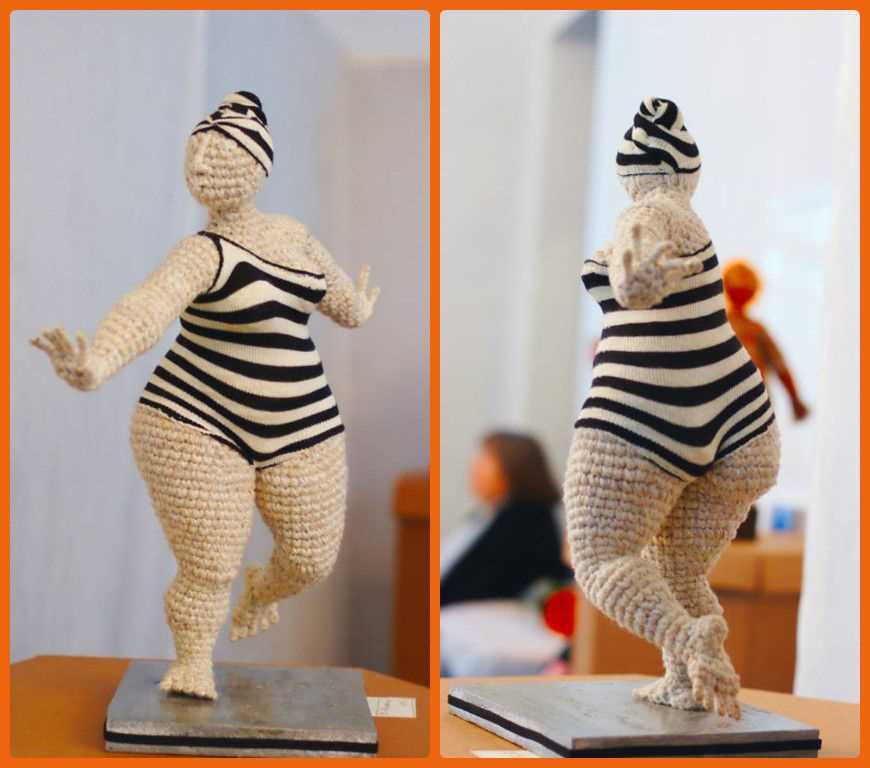
The size of the needles you use can also impact the final look of your knitted figure. Generally, larger needles create a looser knit and can be useful for creating a more textured or fluffy effect. Smaller needles, on the other hand, create a tighter knit and are often used for producing finer details or a more structured appearance.
It is important to match your needle size to the thickness of your chosen yarn. Check the recommended needle size on the yarn label or refer to a knitting pattern for guidance.
Additional Materials
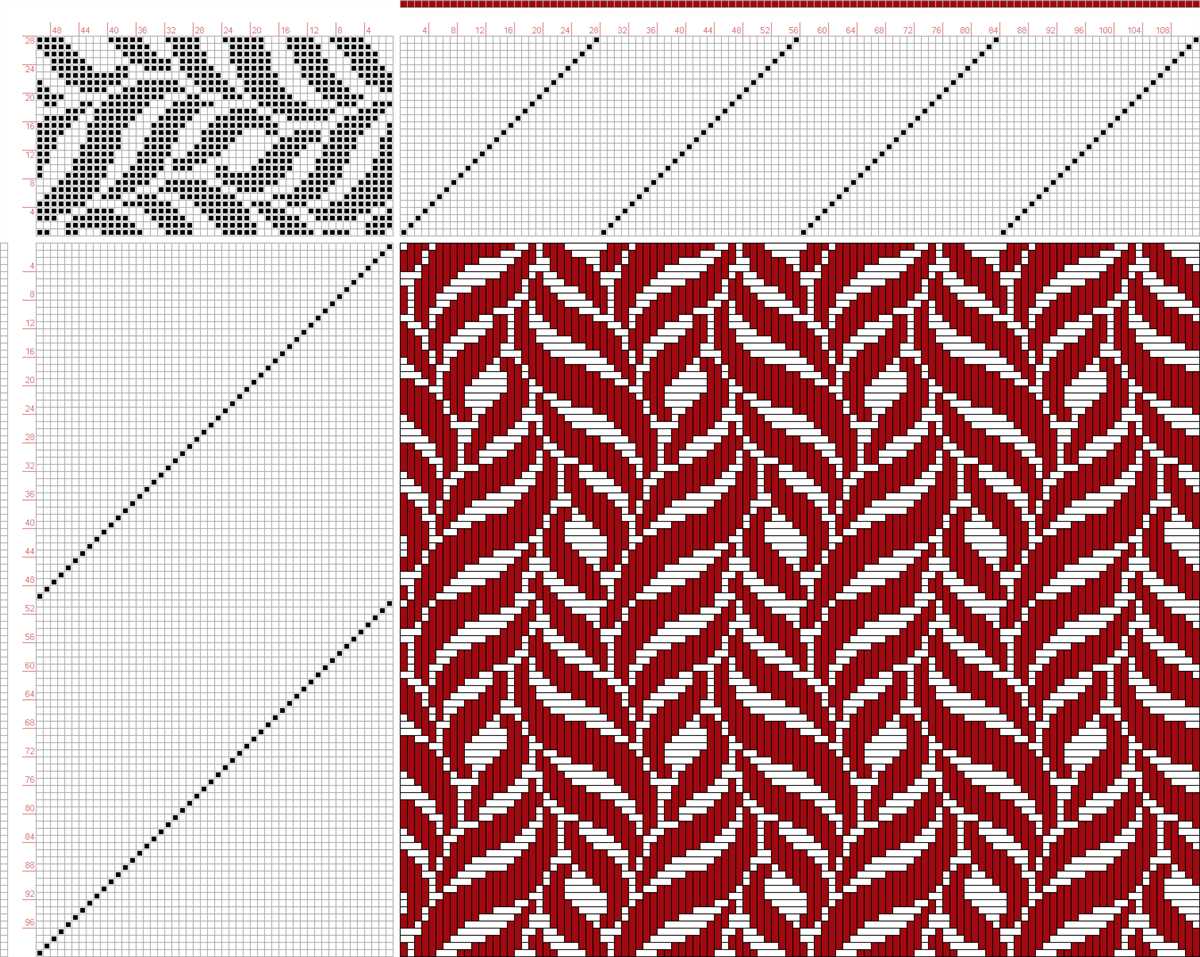
In addition to yarn and needles, you may also need to consider other materials to complete your knitted figure. This could include items such as stuffing or filling for toys, safety eyes or buttons for decorative features, and yarn or embroidery thread for adding details or embellishments.
Make sure to choose materials that are safe and appropriate for the intended use of your knitted figure. For example, if you are creating a toy for a child, opt for child-safe materials that are washable and durable.
Types of Yarn for Knitted Figures
When it comes to knitting figures, choosing the right yarn is essential to achieve the desired result. There are various types of yarn available, each with its own characteristics and qualities. By understanding the different types of yarn, knitters can select the most suitable option for their projects.
1. Acrylic Yarn
Acrylic yarn is a popular choice for knitted figures due to its affordability and wide range of colors. It is soft and lightweight, making it comfortable to work with. Additionally, acrylic yarn is machine washable, which is convenient for cleaning finished projects. However, it may not have the same warmth or breathability as natural fibers.
2. Cotton Yarn
Cotton yarn is another option for knitting figures. It is known for its softness and breathability, making it ideal for projects that require durability and comfort. Cotton yarn is also available in a variety of hues, allowing knitters to create vibrant and colorful figures. However, cotton yarn can be prone to stretching and may not hold its shape as well as other types of yarn.
3. Wool Yarn
Wool yarn is a popular choice for knitted figures, especially for projects that require warmth. It is known for its excellent insulation properties and ability to retain heat. Additionally, wool yarn is elastic and resilient, making it ideal for creating intricate details and shaping figures. However, wool yarn can be more expensive compared to other options, and some people may find it too scratchy or allergic to it.
4. Mohair Yarn
Mohair yarn is made from the hair of the Angora goat and is known for its softness and luster. It has a fuzzy texture and adds a luxurious touch to knitted figures. Mohair yarn is lightweight and drapes well, creating a beautiful and flowing effect. However, it can be more delicate and require special care when handling and washing.
5. Synthetic Blends
In addition to the aforementioned types of yarn, there are also various synthetic blends available. These blends combine different fibers to achieve specific qualities such as softness, sheen, or durability. Synthetic blends offer a wide range of options, allowing knitters to find the perfect yarn for their knitted figures.
In conclusion, choosing the right yarn is crucial for knitting figures. Whether opting for acrylic, cotton, wool, mohair, or a synthetic blend, each type of yarn has its own unique characteristics and qualities. By considering factors such as texture, warmth, breathability, and durability, knitters can select the most suitable yarn for their projects and create beautifully crafted knitted figures.
Needles and Tools for Knitted Figures
When it comes to creating knitted figures, having the right needles and tools is essential. The right tools can make all the difference in the outcome of your project, ensuring that your figures are well-formed and aesthetically pleasing.
Knitting Needles: The most important tool for knitting figures is, of course, knitting needles. Choose needles that are appropriate for the size and complexity of your project. For smaller figures and intricate details, using smaller sized double-pointed needles is often recommended. These needles have pointed tips and are perfect for working on small stitches and shaping.
Circular needles may also be used for larger figures or projects that require knitting in the round. They have a flexible cable connecting two needle tips and allow for the distribution of stitches evenly across the cable.
Stitch Markers: Stitch markers are a crucial tool for marking important points in your knitting, such as the beginning of a round or specific stitch count requirements. They can be placed on the knitting needle or directly onto the stitches themselves. Stitch markers come in various shapes and sizes, including both open and closed designs.
Tapestry Needles: Tapestry needles are used for weaving in loose ends and seaming up finished pieces. They have a blunt tip and a large eye, making it easy to thread the yarn through. These needles are essential for giving your knitted figures a polished and finished appearance.
Embroidery Needles: Embroidery needles can be used to add intricate details and embellishments to your knitted figures. These needles have a sharp point and a larger eye, allowing for easier threading of thicker embroidery threads.
Scissors and Measuring Tools: Having a good pair of scissors is important for cutting yarn and trimming loose ends. Measuring tools such as a tape measure or ruler are also necessary for ensuring accuracy in your knitting measurements and sizing.
Other Tools: Depending on the complexity of your project, other tools that may be useful include stitch holders, cable needles, and row counters. These tools can help you keep track of stitches and make it easier to perform specific knitting techniques.
Basic Techniques for Knitted Figures
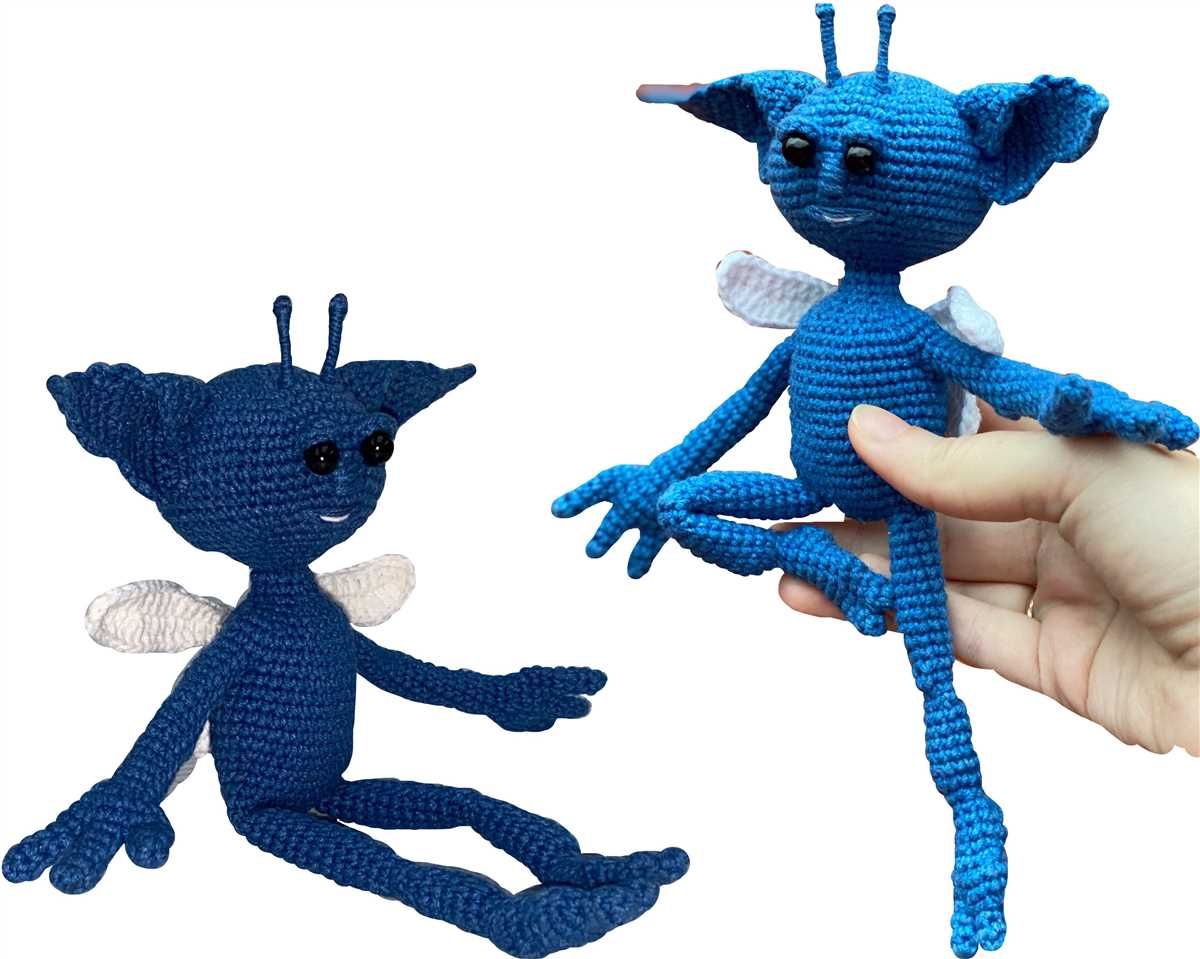
Knitting figures can be a fun and creative way to express your artistic side. Whether you are making small toys or larger decorative pieces, learning a few basic techniques will help you achieve great results. Here are some essential techniques to get you started on your knitted figure projects:
1. Casting On
The first step in knitting any figure is to cast on your stitches. This is the foundation of your project and will determine the size and shape of your figure. There are several casting on methods you can choose from, such as the long-tail cast on or the knitted cast on. Experiment with different methods to find the one that works best for your project.
2. Knit and Purl Stitches
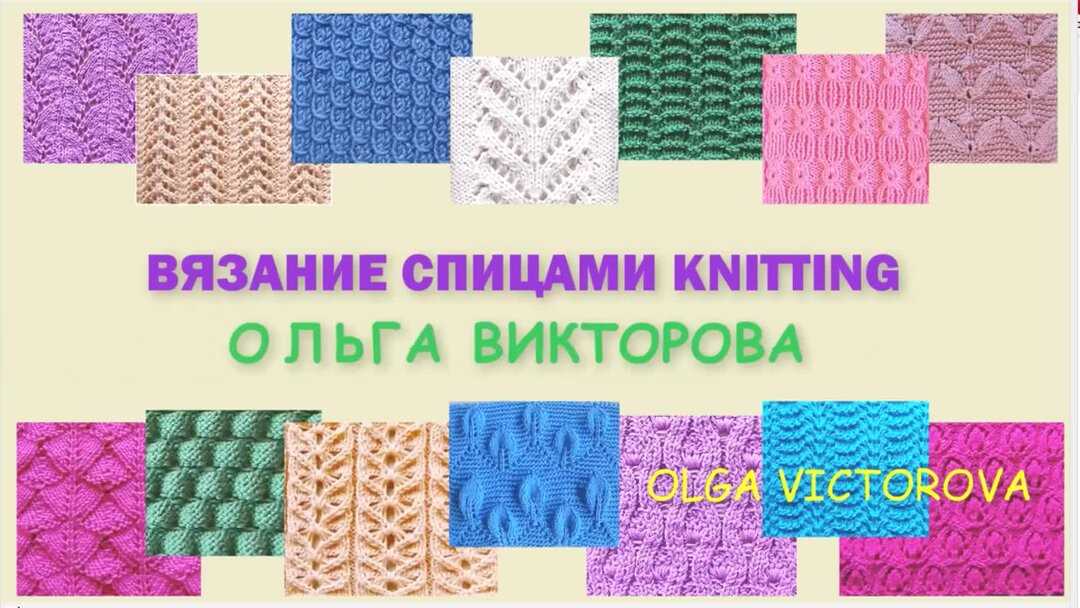
The knit and purl stitches are the building blocks of knitting. Most knitted figures are made using a combination of these two stitches. Knit stitches create a smooth, v-shaped pattern, while purl stitches create a bumpy texture. By combining knits and purls in various patterns, you can create different effects, such as ribbing or textured surfaces.
3. Increases and Decreases
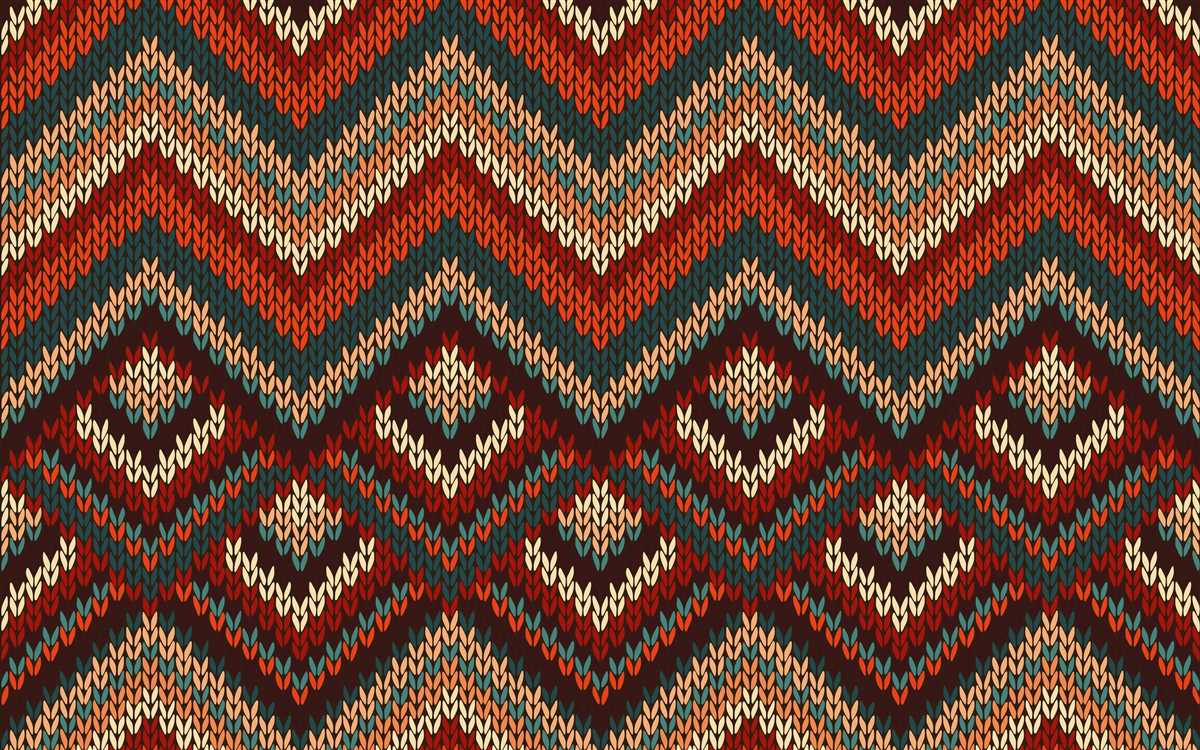
To shape your knitted figure, you will need to learn how to increase and decrease stitches. Increases involve adding stitches to your work, while decreases involve removing stitches. There are different methods of increasing and decreasing, such as yarn overs, knit two together, or slip, slip, knit. These techniques allow you to create curves, angles, and other shaping elements in your figures.
4. Colorwork
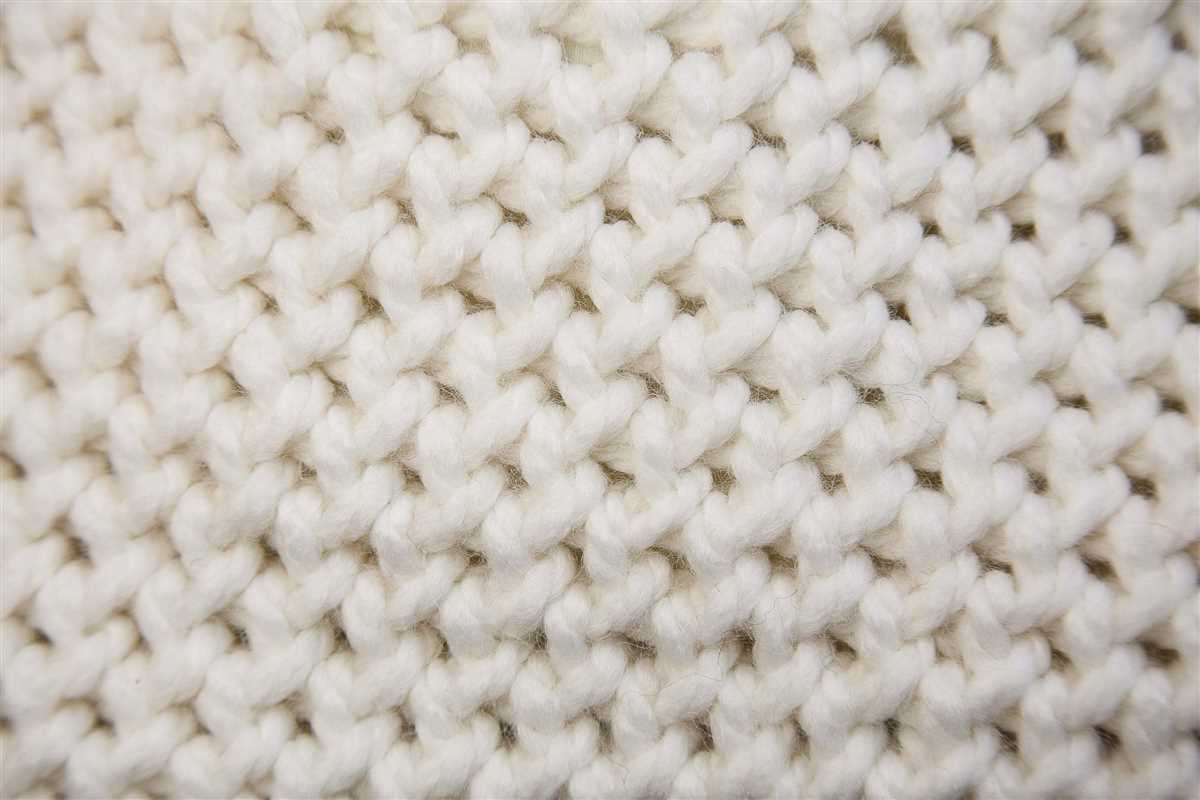
If you want to add color to your knitted figures, you can explore colorwork techniques such as stripes, intarsia, or Fair Isle. Stripes involve simply changing colors at specific intervals, while intarsia allows you to create large color blocks. Fair Isle is a technique where you carry multiple colors across a row, creating intricate patterns. It’s important to practice tension control and yarn management when working with multiple colors.
5. Finishing Techniques
Once you have completed the main body of your knitted figure, you will need to finish it off. This may involve sewing or grafting seams, stuffing the figure, or adding details such as eyes or embroidery. Pay attention to finishing techniques to give your figure a polished and professional look.
By mastering these basic techniques, you will be well on your way to creating beautiful and unique knitted figures. Don’t be afraid to experiment and try new things, as knitting offers endless possibilities for creativity. Happy knitting!
Casting on and Off for Knitted Figures
When knitting, one of the first steps is casting on, which is how you start your project. There are several methods you can use to cast on, each with its own advantages and purposes. One common method is the long-tail cast on, where you create a foundation row by using both ends of the yarn. Another popular method is the knit cast on, where you use the knit stitch to create the first row. Whichever method you choose, make sure to cast on the appropriate number of stitches for your pattern.
Once you have finished knitting your figure, it’s time to cast off or bind off. This is the process of removing the stitches from the needles to create a neat and finished edge. There are different methods for casting off, depending on the desired effect. One common method is the basic bind off, where you knit the first two stitches, then pass the first stitch over the second stitch and off the needle, repeating this process until all stitches have been cast off. Another option is the stretchy bind off, which is useful when you need a flexible edge, such as for a hat or socks.
The long-tail cast on
- Prepare a slipknot by making a loop with the yarn, leaving a long tail.
- Insert the needle through the loop, grabbing the working yarn and pulling it through the loop, creating a new stitch.
- Continue making new stitches by inserting the needle under the loop of the last stitch and pulling the yarn through.
- Repeat this process until you have cast on the desired number of stitches.
The basic bind off
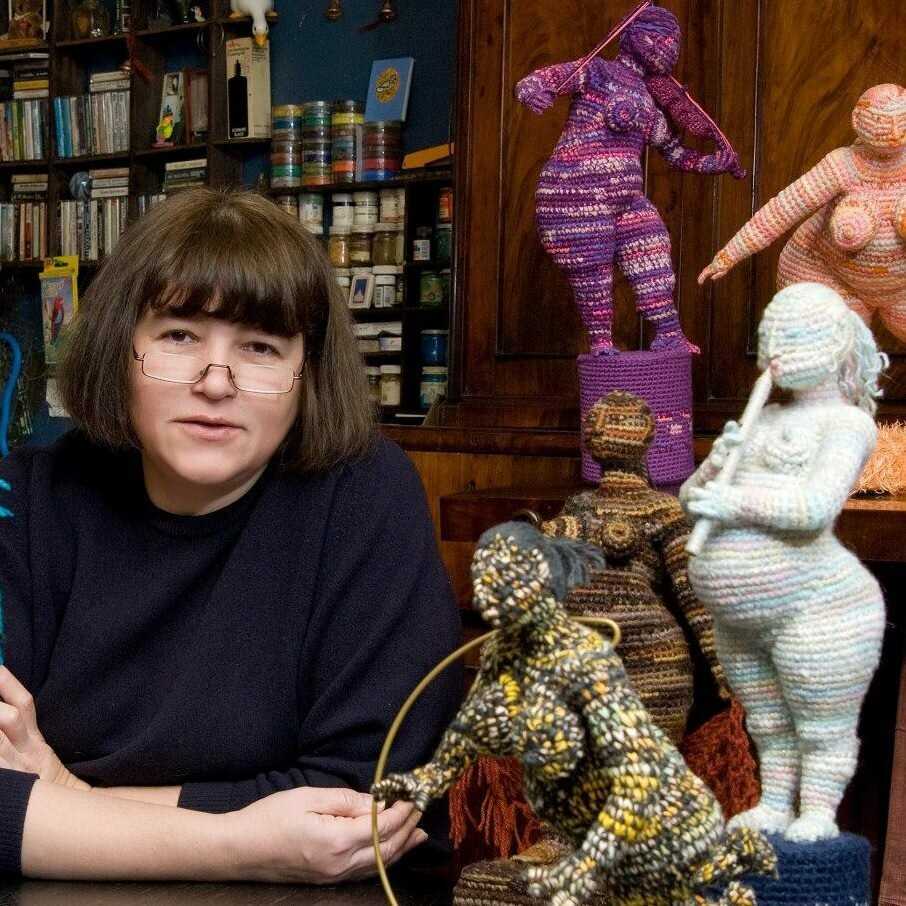
- Knit the first two stitches.
- Insert the left needle into the first stitch on the right needle and lift it up and over the second stitch and off the needle.
- Knit the next stitch.
- Repeat steps 2 and 3 until all stitches have been cast off.
Knit and Purl Stitches for Knitted Figures
Knitting is a wonderful craft that allows you to create beautiful and intricate pieces. When it comes to knitting figures, understanding different stitch patterns is essential. Two of the most basic and commonly used stitches in knitting are the knit stitch and the purl stitch.
The knit stitch: The knit stitch is the most fundamental stitch in knitting. It creates a smooth and uniform fabric. To knit a stitch, insert the right-hand needle into the front of the stitch on the left-hand needle, from left to right. Then, bring the yarn over the right-hand needle from back to front, and pull it through the loop, slipping the old stitch off the left-hand needle. This creates a new stitch on the right-hand needle.
The purl stitch: The purl stitch is the reverse of the knit stitch. It creates a bumpy and textured fabric. To purl a stitch, insert the right-hand needle into the front of the stitch on the left-hand needle, from right to left. Then, bring the yarn over the right-hand needle from front to back, and pull it through the loop, slipping the old stitch off the left-hand needle. This creates a new stitch on the right-hand needle.
When knitting figures, you can combine these two basic stitches in various ways to create different textures and patterns. For example, knitting all rows with the knit stitch will create a stockinette stitch, which is smooth on one side and bumpy on the other. Alternatively, knitting one row with the knit stitch and the next row with the purl stitch will create a garter stitch, which has ridges on both sides.
By mastering these knit and purl stitches, you will have the foundation to create a wide range of knitted figures. Experiment with different stitch patterns, yarns, and techniques to bring your knitted figures to life.
Knitting Different Types of Knitted Figures
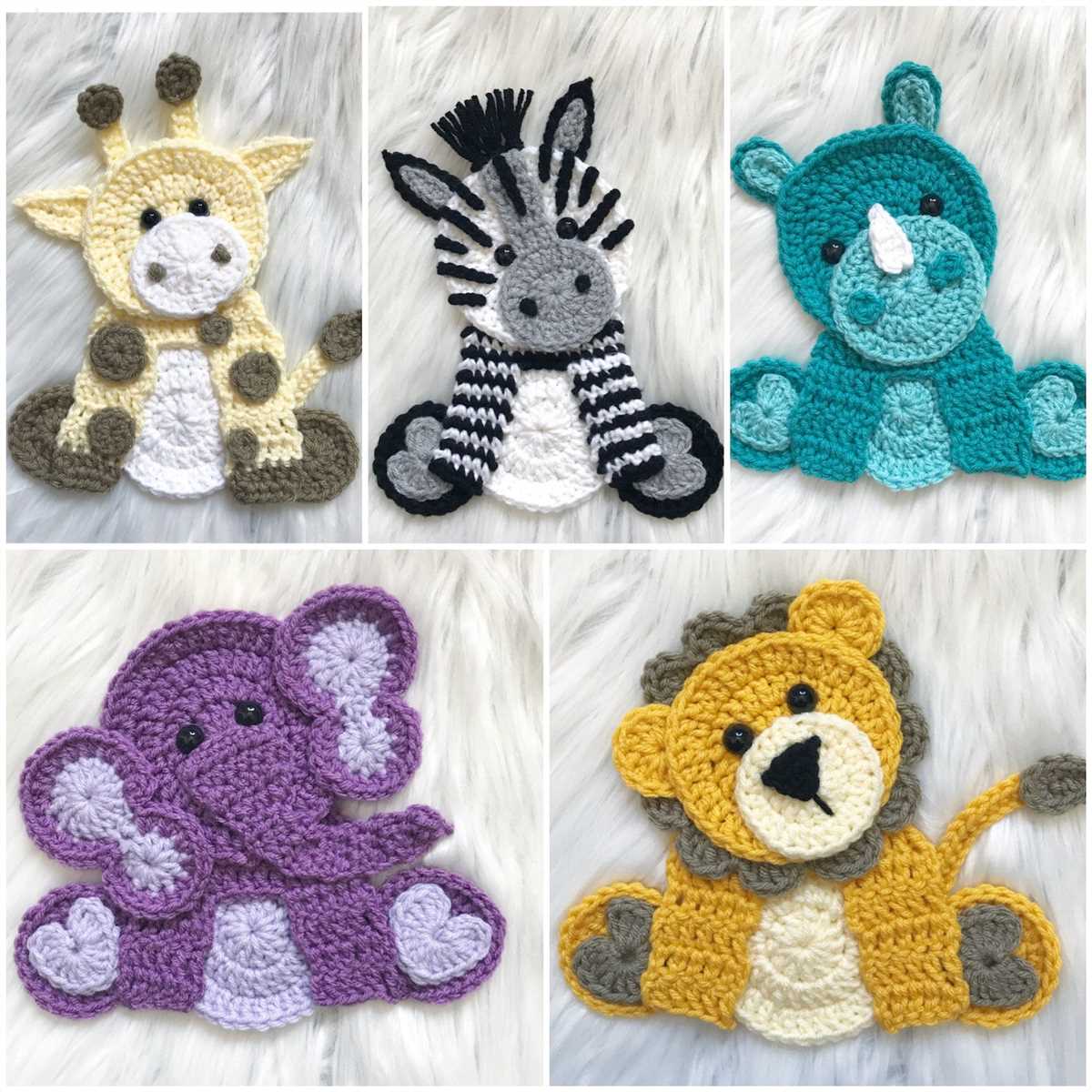
Knitting is a versatile craft that allows for the creation of various types of figures and shapes. From cute animals to intricate designs, there are endless possibilities when it comes to knitted figures. One of the most popular types of knitted figures is animals. Knitting a small stuffed animal can be a fun and rewarding project. You can choose from a wide range of patterns available online or in knitting books, and customize the colors and details to make it your own.
Another type of knitted figure that is popular among crafters is dolls. Knitted dolls can be a great gift for children or collectors. The level of detail and intricacy in knitted dolls can vary greatly, from simple and basic designs to more intricate and lifelike ones. Depending on your skill level and the amount of time you want to invest in the project, you can choose a pattern that suits your needs.
For those who prefer more abstract designs, there are also patterns available for knitted figures that don’t resemble animals or dolls. These can include geometric shapes, objects, or even knitted sculptures. These types of figures can be a great way to showcase your creativity and push the boundaries of traditional knitting techniques.
When knitting different types of figures, it’s important to choose the right yarn and needles for the project. Thicker yarns and larger needles are typically used for larger figures, while thinner yarns and smaller needles are used for more delicate and intricate designs. It’s also important to follow the pattern instructions carefully and pay attention to gauge to ensure that the finished figure turns out as intended.
In conclusion, knitting offers a wide range of possibilities when it comes to creating different types of figures. Whether you choose to knit animals, dolls, or more abstract designs, there are patterns available for all skill levels and interests. Knitting figures can be a rewarding and enjoyable project that allows you to express your creativity and create unique and personalized gifts.
Simple Knitted Figures for Beginners
If you are new to knitting, or just looking for an easy and quick project, simple knitted figures are a great option. They can be made with basic stitches and require minimal shaping, making them ideal for beginners. With just a few materials and some basic knitting skills, you can create adorable knitted figures that make great gifts or decorations.
Materials:
- Yarn of your choice
- Knitting needles in a size appropriate for your yarn
- Scissors
- Tapestry needle
- Stuffing material (such as polyester fiberfill)
Basic Instructions:
- Choose a simple knitting pattern for a figure that you would like to make. Look for patterns that use basic stitches, such as knit and purl.
- Gather your materials and cast on the required number of stitches. Follow the pattern instructions for any special stitch patterns or shaping.
- Work the pattern rows as directed, knitting or purling each stitch as indicated. Pay attention to any shaping instructions, such as increasing or decreasing stitches.
- Once you have completed all the required rows, bind off your stitches. Cut the yarn, leaving a long tail for sewing.
- Use a tapestry needle to sew up any seams, leaving an opening for stuffing. Fill the figure with stuffing, making sure to evenly distribute it.
- Continue sewing up the opening and secure the end of the yarn. Weave in any loose ends.
- Finally, give your knitted figure any finishing touches, such as embroidering a face or adding embellishments.
With these basic instructions and a little practice, you can create a variety of knitted figures. From animals to dolls to holiday decorations, the possibilities are endless. Start with simple patterns and gradually challenge yourself with more intricate designs. Knitting figures not only allows you to develop your knitting skills, but also produces adorable creations that you can be proud of.
Intermediate Level Knitted Figures
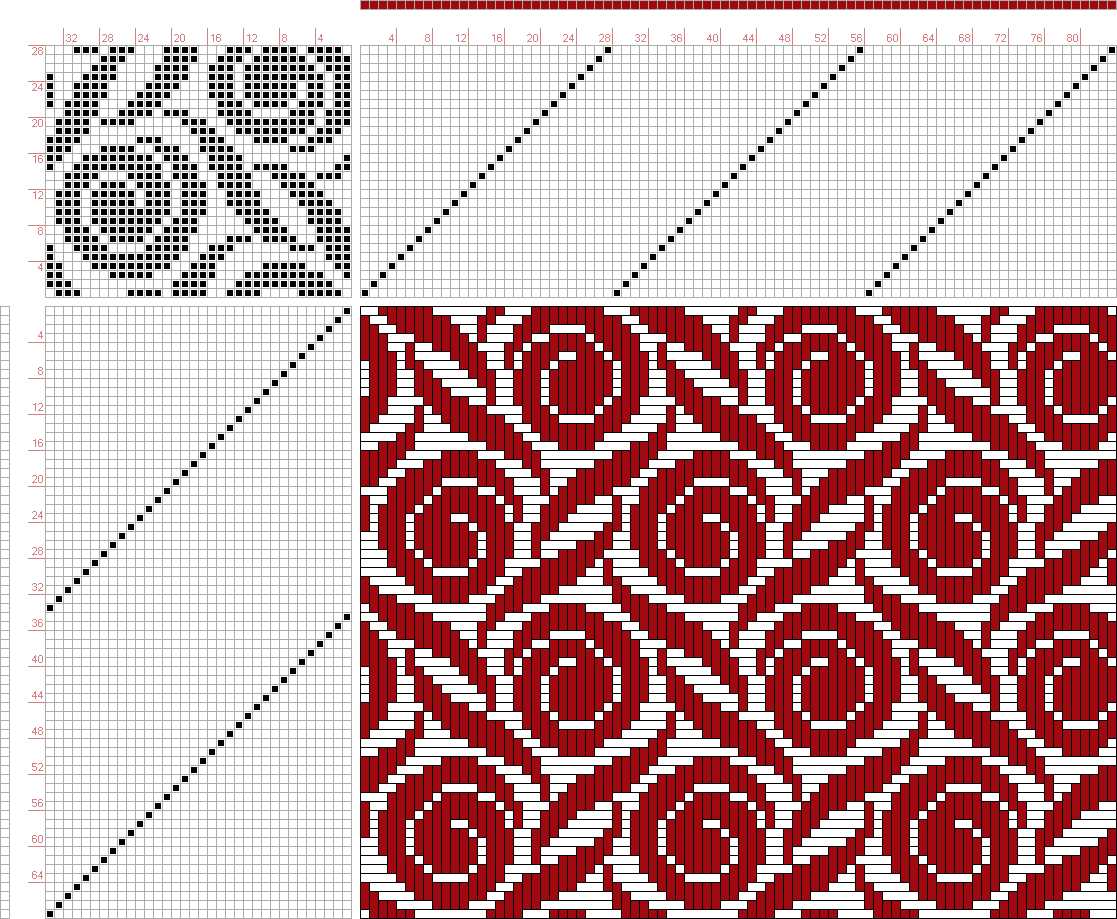
For knitters looking to take their skills to the next level, intermediate level knitted figures provide a fun and exciting challenge. These patterns require a good understanding of basic knitting techniques and the ability to read and follow more complex instructions.
One popular intermediate level pattern is the knitted teddy bear. This classic toy is a great project for knitters looking to expand their skills. The pattern typically includes instructions for shaping the body, head, arms, and legs, as well as details like ears and a muzzle. Knitters will need to be comfortable with increasing and decreasing stitches, as well as sewing pieces together.
Another intermediate level knitted figure pattern is the knitted doll. These patterns often include instructions for creating a variety of different doll characters, each with their own unique features and outfits. Knitters will need to be familiar with shaping techniques to create the doll’s body and limbs, as well as incorporating details like hair and clothing. Assembly skills are also important, as the doll’s different components will need to be sewn together.
Knitters looking for a challenge may want to try their hand at knitted animal figures. These patterns often feature more intricate shaping and detailing, requiring a higher level of skill. Lions, tigers, and elephants are just a few examples of the types of animals that can be created using intermediate level patterns. In addition to shaping and assembly skills, knitters will need to be comfortable with creating embroidery details like eyes and noses.
To help knitters succeed with these intermediate level patterns, it’s important to take the time to read through the instructions thoroughly before starting. It can also be helpful to practice the necessary techniques on a smaller scale before jumping into the full project. With patience and practice, knitters can create beautiful knitted figures that showcase their growth and skill.
Adding Details to Knitted Figures
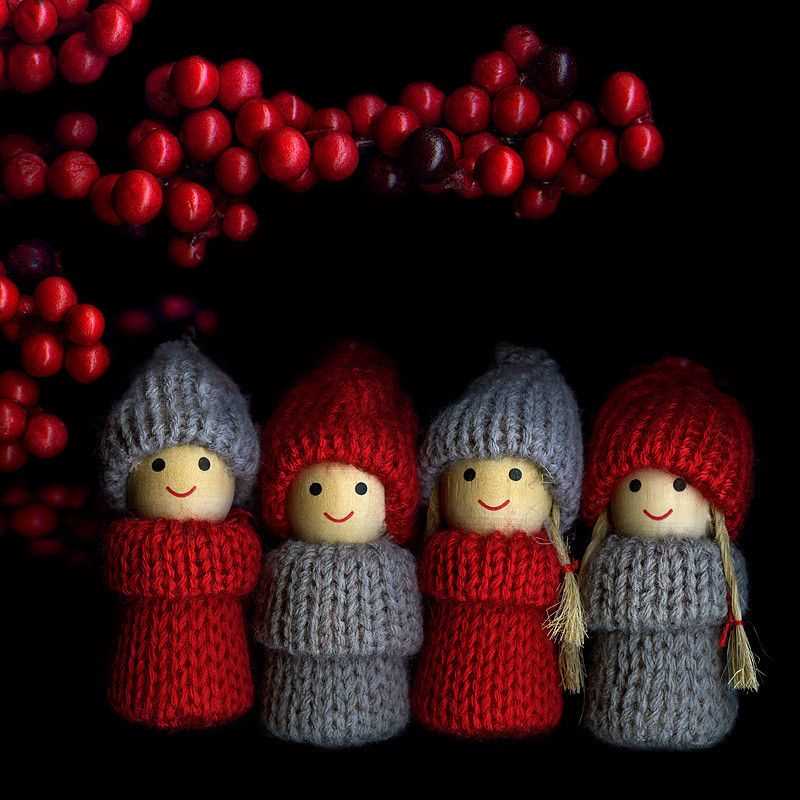
When it comes to creating knitted figures, adding details is an important step that can really bring your project to life. Whether you’re making a doll, an animal, or any other type of knitted figure, adding details can make the finished piece more realistic and visually appealing.
1. Features: One way to add details to your knitted figures is by adding facial features. This can be done by embroidering the eyes, mouth, and nose onto the face using yarn or thread. You can also add rosy cheeks by using a little bit of blush or pink embroidery floss. Embroidering eyebrows can also add expression and personality to your knitted figure.
2. Clothing: Another way to add details is by dressing your knitted figure in different types of clothing. You can knit or crochet miniature sweaters, dresses, pants, or any other type of clothing that suits your design. This can be a fun way to add color, patterns, and texture to your figure. You can also explore different knitting techniques, such as lace or cables, to create interesting details on the clothing.
3. Accessories: Adding accessories can be a fun and creative way to add details to your knitted figure. You can knit or crochet hats, scarves, shoes, or even tiny bags. These accessories can add an extra layer of charm and personality to your figure. They can also provide an opportunity to play with different colors and textures.
4. Embellishments: Consider adding embellishments to your knitted figures to add extra visual interest. This can include adding buttons, sequins, beads, or even small fabric patches. These small details can make a big difference in the overall appearance of your figure.
By adding these details to your knitted figures, you can create unique and personalized pieces that showcase your creativity and skill. Whether you choose to add facial features, clothing, accessories, or embellishments, the possibilities are endless. Have fun experimenting and letting your imagination run wild!
Embroidery Techniques for Knitted Figures
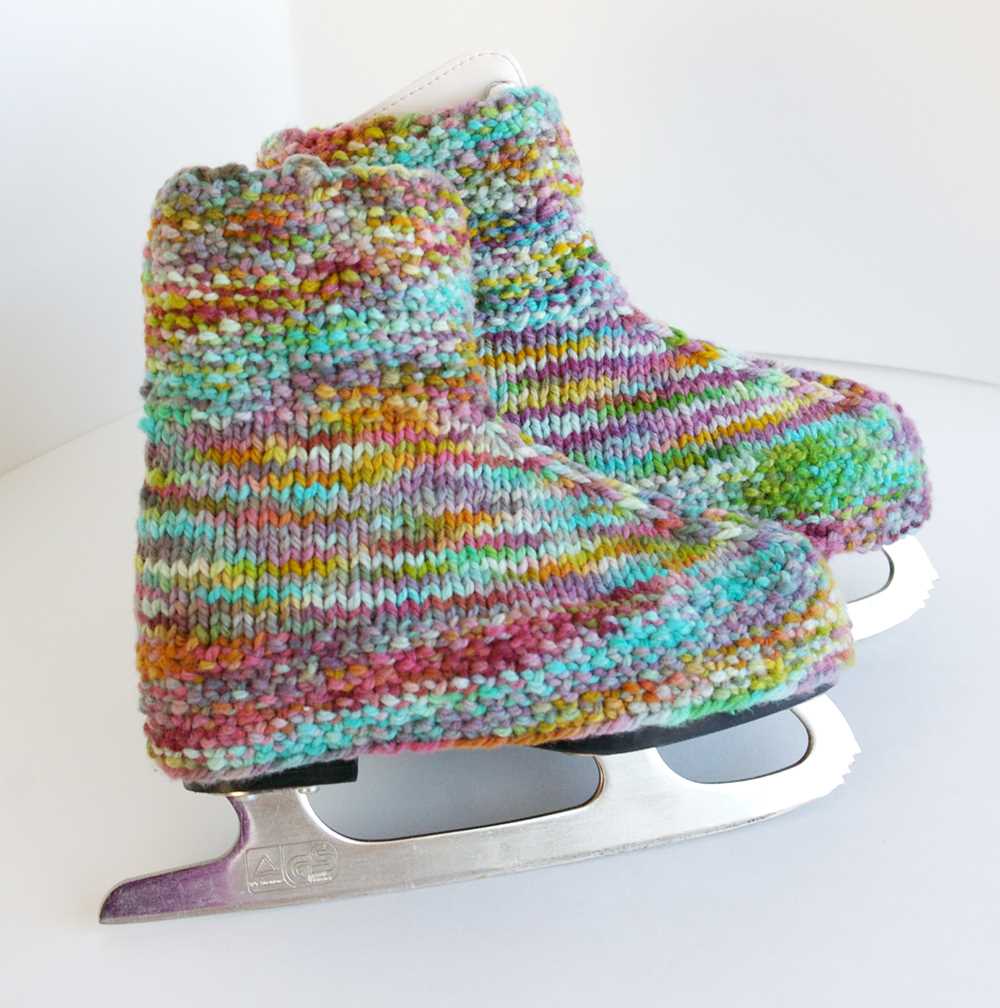
When it comes to adding that extra special touch to your knitted figures, embroidery is a technique that can really bring them to life. Embroidery allows you to add intricate details and embellishments, making your knitted figures unique and full of personality.
There are various embroidery techniques that you can use to enhance your knitted figures. The choice of technique will depend on the design and the effect you want to achieve. Some popular embroidery techniques for knitted figures include:
1. Duplicate Stitch
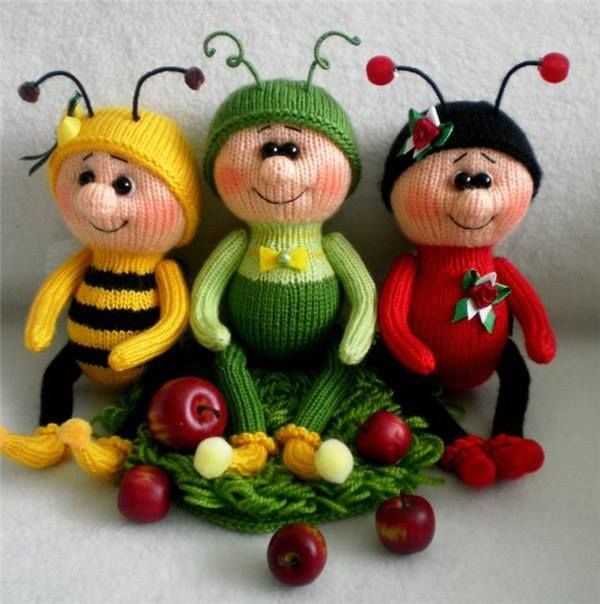
The duplicate stitch, also known as Swiss darning, is a simple technique that involves embroidering over existing stitches using a tapestry needle and a contrasting thread. It is commonly used to add colorwork and decorative motifs to knitted figures.
2. French Knots
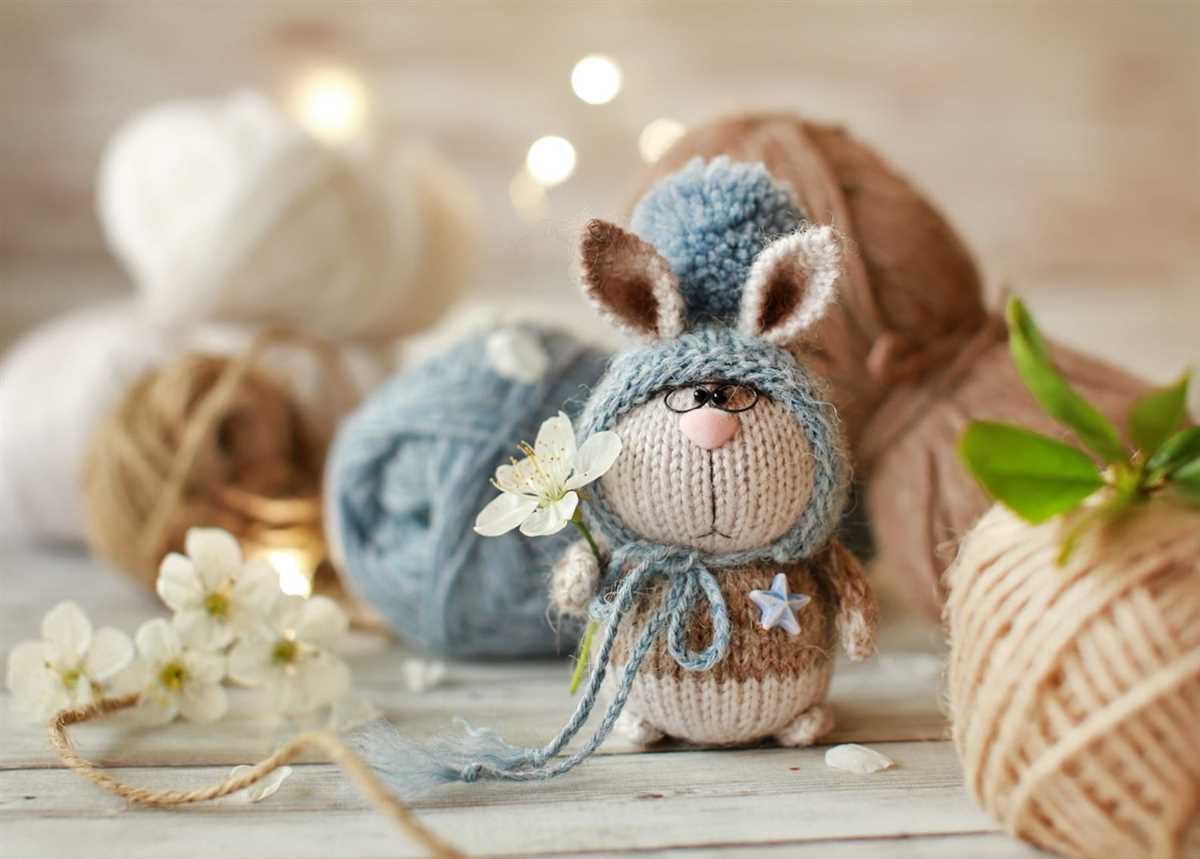
French knots are small, textured knots that can be used to add dimension and detail to your knitted figures. They are created by wrapping the thread around the needle multiple times before inserting it back into the fabric.
3. Satin Stitch
The satin stitch is a technique that involves filling in an area with parallel rows of stitches, creating a smooth and glossy surface. It is commonly used to add texture and fill large areas, such as the face or body of a knitted figure.
4. Seed Stitch
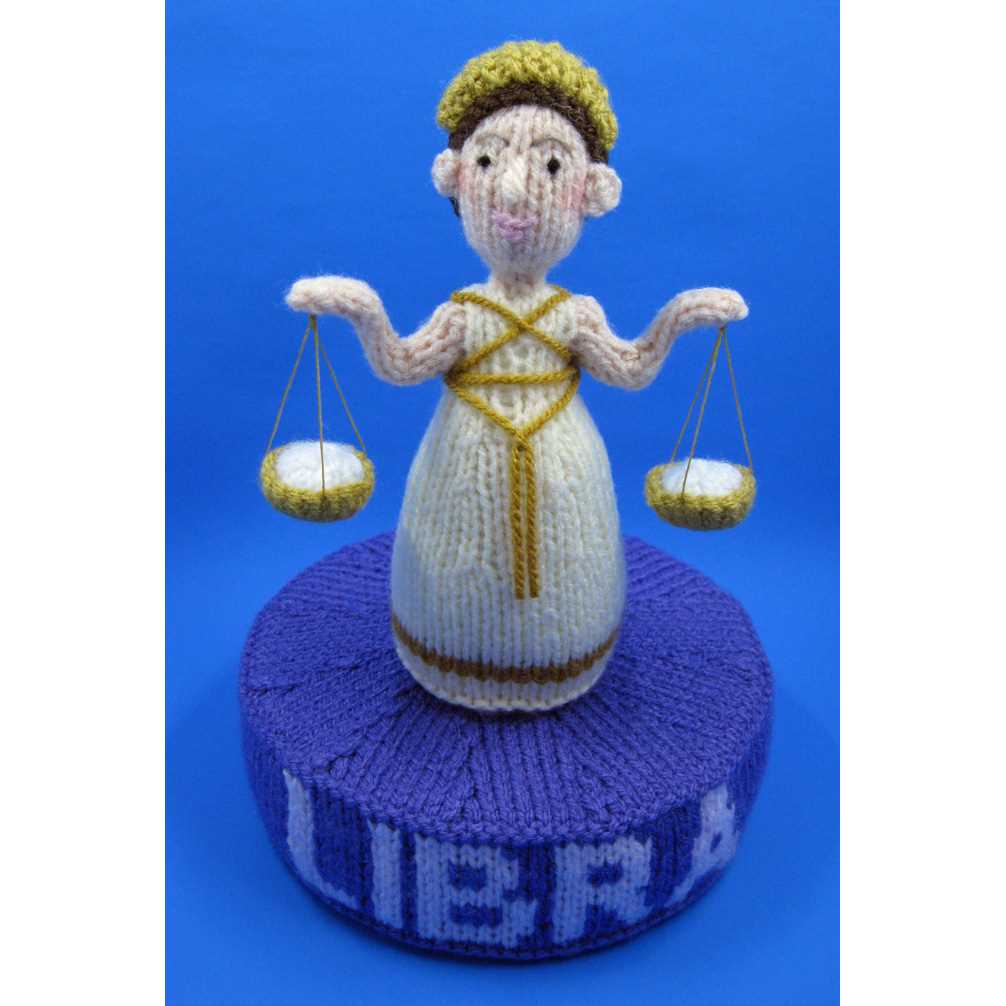
The seed stitch is a simple yet effective technique that creates a textured pattern by alternating between knit and purl stitches. It can be used to add texture and visual interest to your knitted figures, such as creating the look of fur or scales.
These are just a few examples of the embroidery techniques that you can use to enhance your knitted figures. Experiment with different techniques and colors to create unique and personalized designs. With a little bit of practice, you’ll be able to transform your knitted figures into true works of art!
So go ahead, grab your knitting needles and embroidery thread, and let your creativity soar as you bring your knitted figures to life with these embroidery techniques!